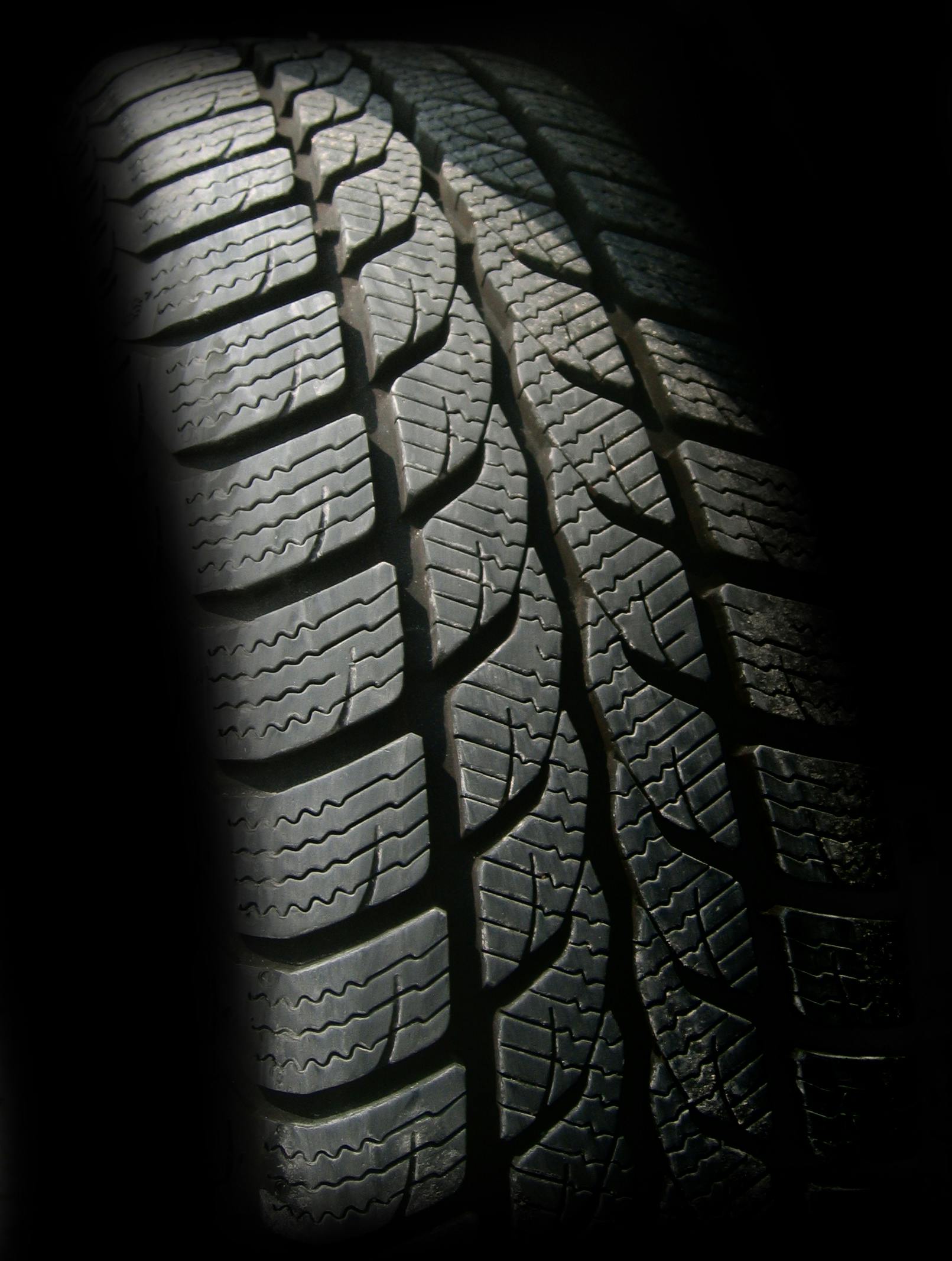The Resurgence of Rotary Engines: A New Twist on an Old Concept
The rumble of a rotary engine is unmistakable, a distinct symphony that tells of a different breed of power delivery. Once seen as the future of automotive propulsion, this unique engine design has always been riddled with challenges. However, recent advancements hint at a resurgence, promising a new chapter in the story of rotary engines.

Origins of the Rotary Engine
In the world of automotive engineering, the name Felix Wankel is synonymous with the rotary engine. This German mechanical engineer invented the first-ever rotary engine in 1951. Unlike traditional piston engines, Wankel’s creation used a triangular rotor that spins inside a housing to produce power. This design promised smoother power delivery and fewer moving parts, which theoretically meant less maintenance.
However, the rotary engine had its drawbacks. It struggled with fuel efficiency, emissions, and longevity—issues that, over time, overshadowed its benefits. Despite these challenges, one automaker dared to embrace the rotary concept: Mazda.
Mazda’s Love Affair with the Rotary Engine
In the 1960s, Mazda saw potential in the rotary engine and worked tirelessly to make it viable for mass production. Their efforts bore fruit in 1967 with the launch of the world’s first rotary-engined car, the Mazda Cosmo Sport. Mazda continued to champion rotary power for decades, culminating in the iconic RX-7 and RX-8 sports cars.
However, by 2012, tightening emission regulations and the engine’s inherent inefficiencies led Mazda to discontinue production of rotary-engined vehicles. But the romance was far from over.
The Rebirth of the Rotary Engine
Mazda, now armed with advanced technology, is poised to rekindle its love for the rotary engine. The company recently announced plans to reintroduce this unique powerplant as a range extender for electric vehicles. Mazda believes the rotary engine’s compact size and quiet operation make it an ideal candidate for this role.
This innovative use of the rotary engine isn’t just about nostalgia. It’s a strategic move that could address some of the biggest challenges facing electric vehicles today, such as range anxiety and charging infrastructure limitations.
The Future of Rotary Engines
With this new focus, the rotary engine has a chance to shine once again in a role that both leverages its strengths and mitigates its weaknesses. Mazda’s plan represents a radical shift in how we view and use rotary technology. But will other automakers follow suit?
Only time will tell if this unique engine design will become a common feature in the future automotive landscape or remain a fascinating piece of history. Regardless, the story of the rotary engine serves as a reminder that innovation often requires a willingness to revisit old ideas with a fresh perspective.
A Tale of Persistence and Innovation
The story of the rotary engine is a testament to the relentless pursuit of innovation in the automotive industry. Despite its shortcomings, the rotary engine has managed to endure, thanks to the unwavering commitment of Mazda. Now, with a new role in the era of electric vehicles, the rotary engine is poised for a comeback. It’s a fascinating turn of events that underscores the importance of persistence, innovation, and a dash of unconventional thinking in the world of automotive engineering.
In the end, whether the resurgence of the rotary engine will be a success remains to be seen. But one thing is for sure: the rumble of a rotary will always echo in the annals of automotive history.




